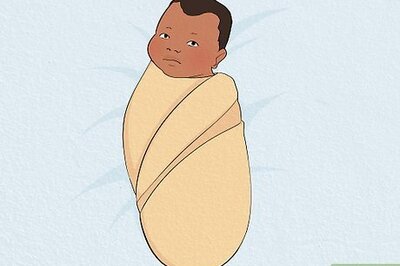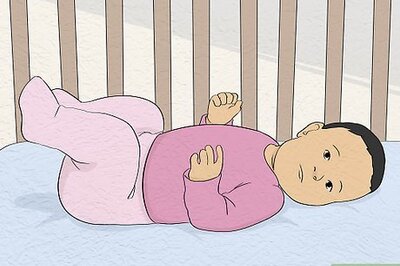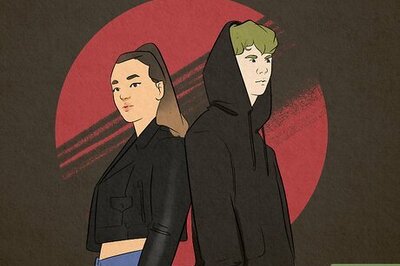
views
Singapore: Singapore can further ease coronavirus restrictions in a calibrated and cautious manner, just as relaxations were made in Phases I and II of the reopening, according to local media. The restrictions are being lifted as the number of new cases continue to fall in the island nation.
Singapore reported six new COVID-19 infections on Saturday, the lowest daily figure since March 10. This takes the national tally to 57,800. The blurring of Phase II relaxations with that of Phase III is a good approach, as it shows the gradual approach the officials are opting for, experts told The Straits Times on Saturday.
Associate Professor Josip Car, director of the Centre for Population Health Sciences at Nanyang Technological University’s Lee Kong Chian School of Medicine, said this lack of a clear-cut difference shows effective policymaking in action, as changes are more likely to be accepted when introduced incrementally, helping the public understand the measures and the operating procedures. Pandemic response planning goes beyond just a “headline name”, Prof Car said.
“There is a lot of effort given to detail about the kind of measures put in place between the phases, but more importantly, it is also about the wider strategies to achieve the best outcomes,” The Straits Times quoted Prof. Car. Phase II reopening of the Singapore economy came into force on June 19, which, among other things, allowed most businesses and social activities to resume, with safeguards in place.
With further easing of restrictions in the past few weeks, such as doubling the number of people at weddings and the lifting of border restrictions to visitors from Australia – excluding Victoria state – and Vietnam, many have wondered if Singapore has unofficially entered Phase three. Associate Professor Alex Cook, vice-dean of research at the National University of Singapore’s (NUS) Saw Swee Hock School of Public Health, however, cautioned that it would be “silly” to give each of these incremental changes a name, asserting that Singaporeans cannot expect to be back to normal entirely until mass vaccination begins. “Instead, we are calling the big overall phases as one, two and three, like signposts that we have reached major staging points in our journey. Careful relaxation is necessary as countries that have rushed into reopening are entering second waves, and either starting localised lockdowns, in the case of Spain and Britain, or full national lockdowns, like Israel,” he said.
Tempering public expectations, Professor Teo Yik Ying, dean of the NUS Saw Swee Hock School of Public Health, said that one should not anticipate a significant relaxing of measures in Phase III, and expect the entire suite of activities that were previously barred to return. Rather, Phase III is a state in which Singapore will remain with a certain degree of precautions to allow economic and social activities to carry on.
“We always have to consider the impact of a possible super-spreader event, and whether the allowed activities will substantially amplify this spread. This is the lens I hope we will use to determine Singapore’s stable state,” Prof Teo cautioned. Prof Cook suggested that the framework of Disease Outbreak Response System Condition (Dorscon), Orange since February 7, framework would also likely have to be updated and reassessed after the pandemic has subsided as there seems to be “a mismatch between the risks and responses envisioned in the Dorscon framework and what actually happened.” Of the six new cases reported on Saturday, one is a community infection holding a work visa, one is a Singaporean, and four are imported cases.
The four new imported cases had all been placed on stay-home notice or isolated upon arrival in Singapore. The five imported cases reported on Friday came from India and Indonesia from September 18 to 20.
With 22 cases discharged from hospitals on Friday, 57,534 people have recovered from the disease. Forty-eight cases are currently hospitalised while 185 are recuperating in community facilities for mild symptoms.
Disclaimer: This post has been auto-published from an agency feed without any modifications to the text and has not been reviewed by an editor


















Comments
0 comment